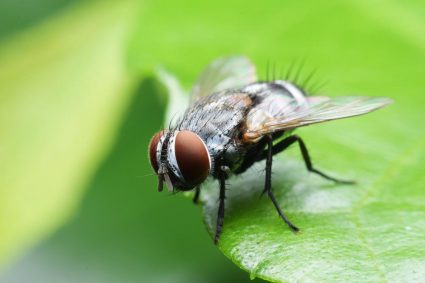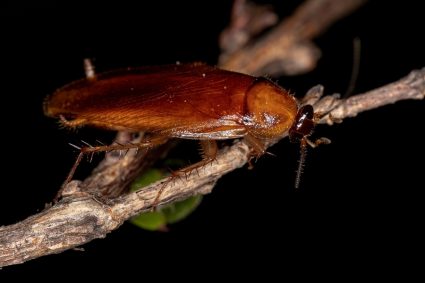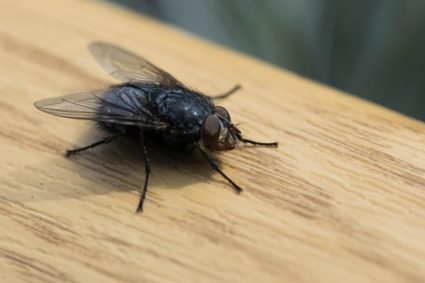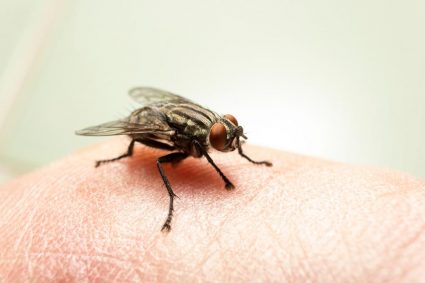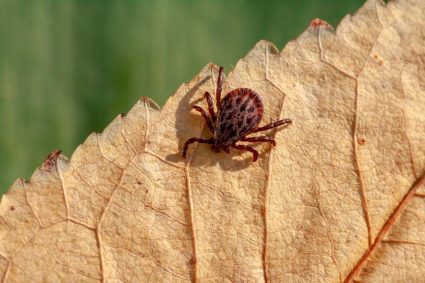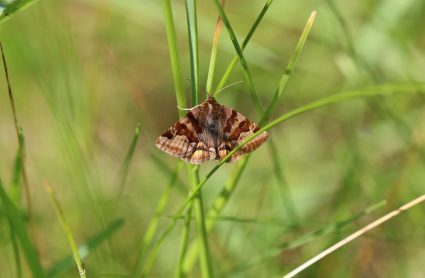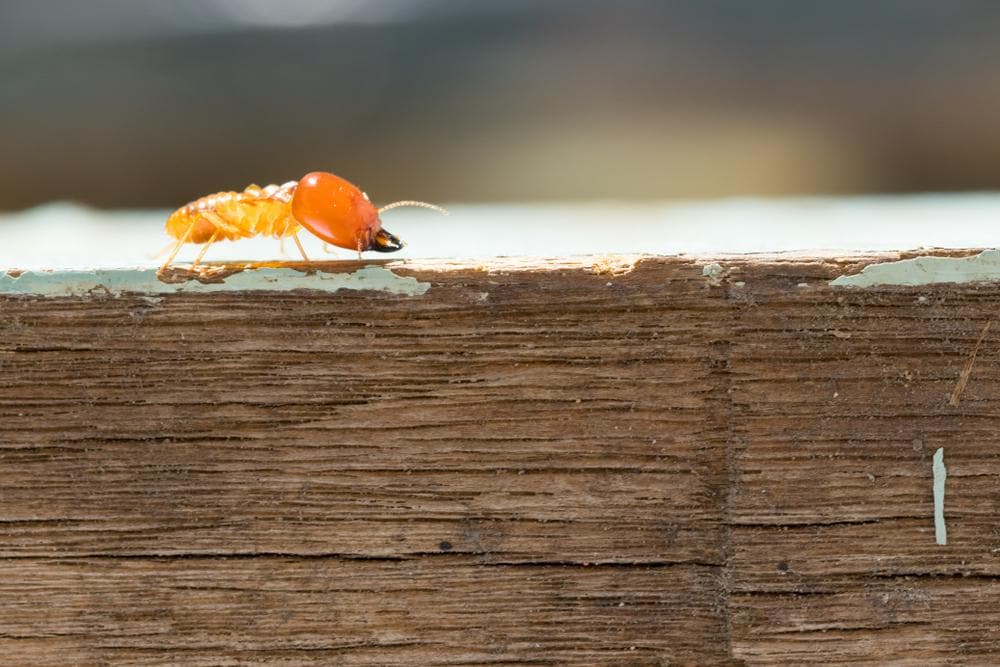
Flying termites, also known as alates or swarmers, are a fascinating and often misunderstood part of the termite family. These winged termites are the reproductive members of a termite colony, and their main purpose is to leave the colony during the swarming season to find mates and establish new colonies. But why do they come out at night? Let’s delve into this intriguing topic.
Flying termites, also known as alates or swarmers, typically come out at night due to the high humidity levels and their attraction to light sources. These conditions are more favorable for their swarming activity, which involves searching for food or pairing off with a new partner to establish a new colony. Their nocturnal behavior also helps them find suitable locations for mating and building new colonies.
Understanding Flying Termites
Flying termites are the reproductive members of a termite colony. They are responsible for seeking mates, laying eggs, and starting new colonies. These termites have wings and are produced once a colony is mature and needs to expand, which usually takes approximately three to four years. Swarming usually occurs during the daytime, frequently in spring, and often after a rainstorm. The swarms are triggered by factors such as rain and high humidity.
The primary role of flying termites in the colony is reproduction and the establishment of new colonies. Both male and female flying termites take part in the swarming process, during which they leave their nest to seek out mates. After fertilization, the winged termites head toward the ground, where they break off their own wings and attempt to form a new colony. This process helps the termite population disperse and form new, geographically disparate colonies.
Why Do They Swarm at Night?
Flying termites typically come out at night due to the high humidity levels and their attraction to light sources. These conditions are more favorable for their swarming activity, which involves searching for food or pairing off with a new partner to establish a new colony. Like most nocturnal insects, flying termites are drawn to light sources around the home, such as porch lamps, motion lights, and light reflected from inside. This behavior helps them find suitable locations for mating and building new colonies.
Environmental Triggers
Flying termites, also known as swarmers or alates, emerge under specific environmental conditions. These conditions include an increase in temperature, heavy rainfall, high humidity levels, and seasonal changes. When these conditions are met, winged termites leave their colonies to mate and form new colonies elsewhere. It is important to note that the presence of flying termites may indicate a large termite colony nearby, which can cause severe structural damage to your property.
Role in the Ecosystem
Termites play a crucial role in maintaining ecosystems, particularly in tropical, subtropical, and warm temperate regions. They decompose and recycle organic matter, aerate the soil, prevent desertification, and support other species. However, when they infest human-made structures, they can cause significant damage, leading to expensive repairs.
Signs of Infestation
Signs of a flying termite infestation include the presence of swarmers, discarded wings, mud shelter tubes, and termite damage. If you spot flying termites around your property, it is essential to take the situation seriously, as it could indicate a potentially severe issue. It is recommended to call a pest control professional to inspect and treat the infestation.
Prevention and Control
Homeowners can prevent or control a flying termite infestation by eliminating moisture, removing food sources, sealing gaps and cracks, performing regular inspections and repairs, installing barriers, using natural remedies, and seeking professional help. Remember that flying termites, also known as swarmers or alates, are a sign of a potential termite infestation. If you spot them around your property, it’s essential to take the issue seriously and act promptly to prevent further damage.
Conclusion
Understanding the behavior of flying termites and identifying the signs of an infestation can help homeowners take preventive measures and act promptly when an infestation occurs. While termites play a crucial role in the ecosystem, they can cause significant damage to human-made structures. Therefore, it’s essential to be vigilant and proactive in managing these pests.
Frequently Asked Questions
How long does the swarming season last for flying termites?
The swarming season for flying termites typically lasts from spring to fall, but it can vary depending on the species and the local climate conditions.
How can I tell the difference between flying termites and flying ants?
Flying termites and flying ants look similar, but there are key differences. Flying termites have straight antennae, a broad waist, and both pairs of their wings are the same length. On the other hand, flying ants have elbowed antennae, a pinched waist, and their front wings are longer than their back wings.
What are the natural predators of termites?
Termites have a number of natural predators, including ants, birds, spiders, beetles, and other insects. Some species of lizards and frogs also feed on termites.
Can flying termites bite or harm humans?
Flying termites are not known to bite or harm humans. Their primary focus is on reproduction and establishing new colonies. However, they can cause significant damage to wooden structures, which can indirectly impact human safety.
Are all termites destructive to buildings?
Not all termites are destructive to buildings. While subterranean and drywood termites are known for their destructive behavior, other species, like dampwood termites, typically infest decaying wood and are not usually a threat to buildings. However, any termite species can cause damage if they infest a structure.
How long does it take for a new termite colony to become mature?
It typically takes a new termite colony about three to four years to become mature and start producing flying termites or swarmers.



